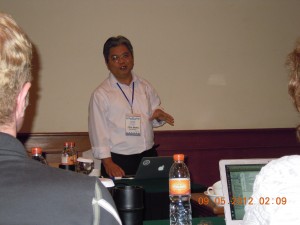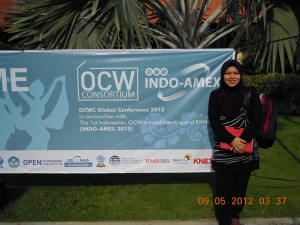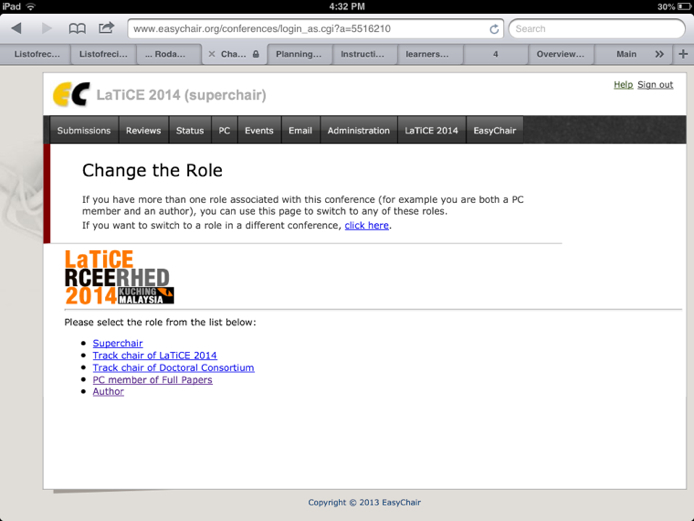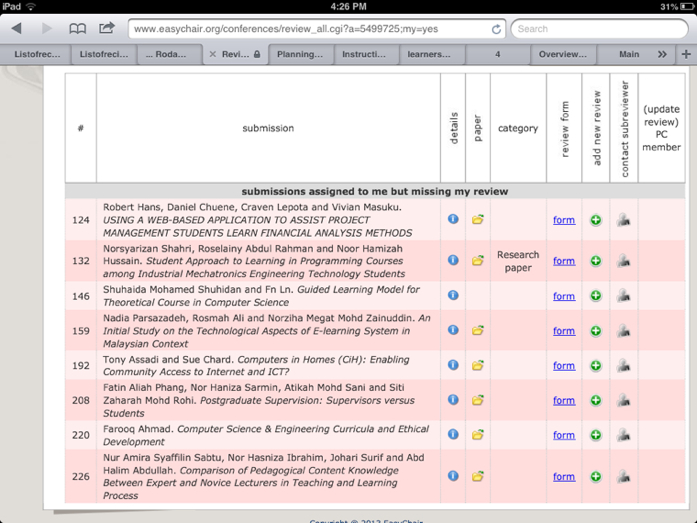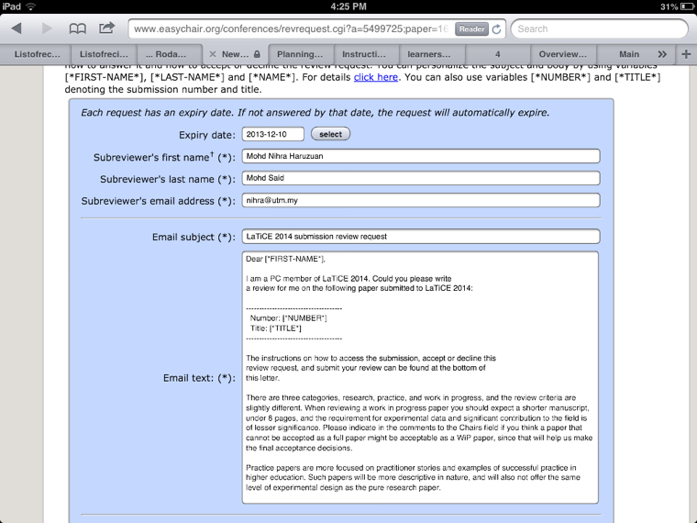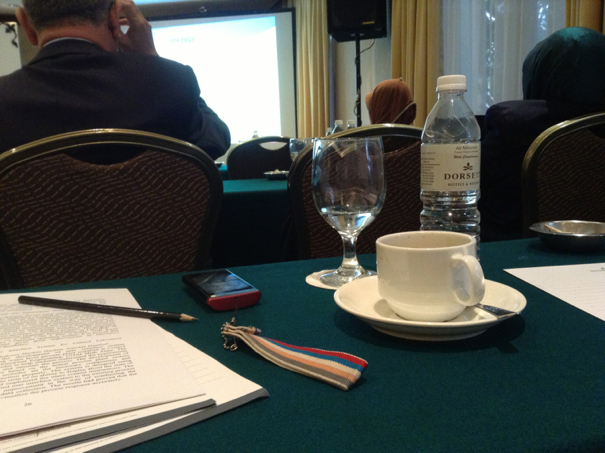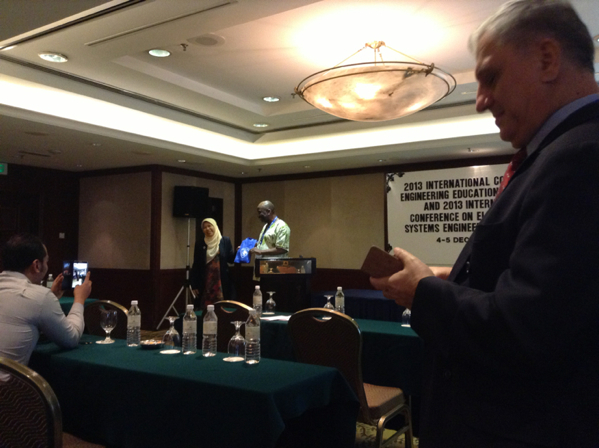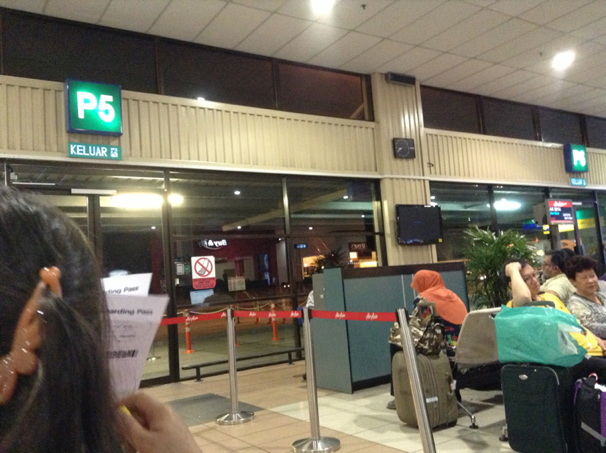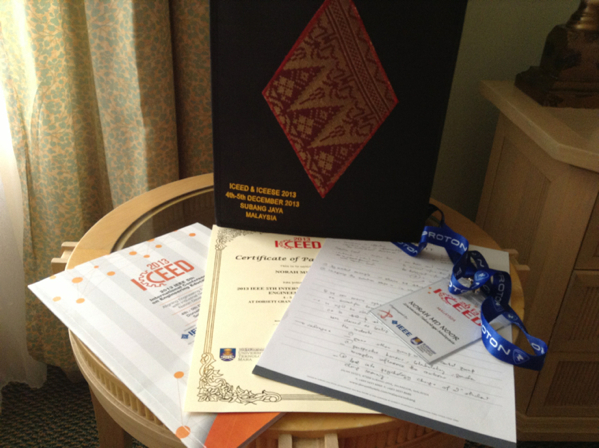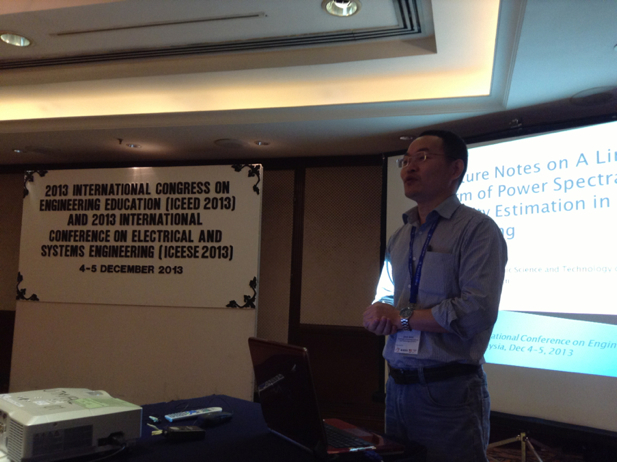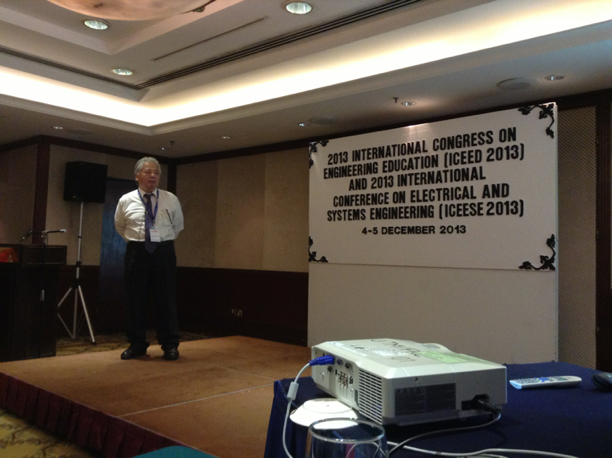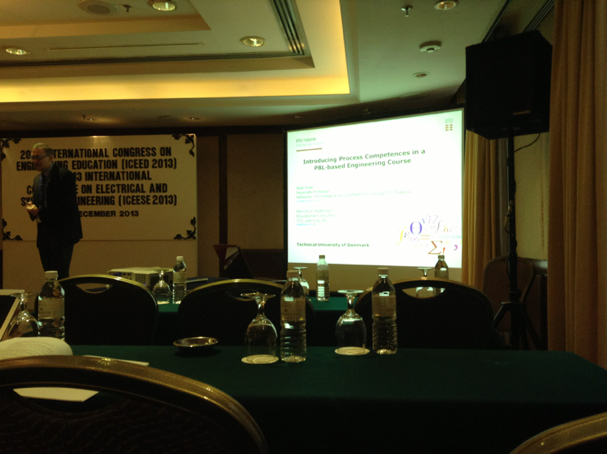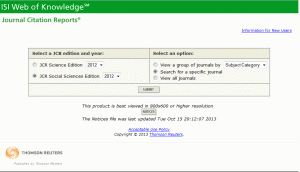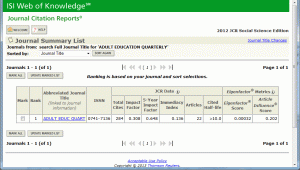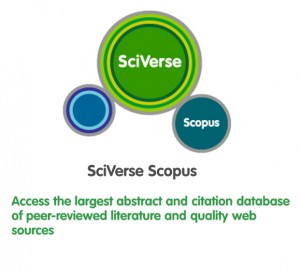UTM has participated in Opencourseware Consortium since 2010.On 8-10 May 2013, the Opencourseware Global Conference was held in Bali, Indonesia with their theme Learning Beyond Borders – Delivering quality education to your fingertips. Deputy Director of Center for Teaching and Learning and myself had an opportunities to shares our experience in promoting OCW dan other OER product in UTM. We present our paper entitle “Expanding the OER Community by Showcasing a Development Model that Works”
Myself, in front of the conference Banner.
Abstract of the paper is as follows:
The concept of open educational resources was relatively new among public universities in Malaysia. In 2011 only two universities were registered as a member of the OpenCourseWare Consortium and Universiti Teknologi Malaysia (UTM) was one of them. However, in a
period of less than one year after becoming a member of the consortium, UTM managed to publish 70 courses in its ocw website and this was achieved without any monetary reward given to the course authors. The process used to develop the courses started by selecting potential courses from the university e-learning portal. Authors of the courses were invited to workshops especially designed to assist them in converting the lecture notes into OCW publication materials. The normal procedure in OCW development that is checking for copyright and other issues, identifying figures to be redrawn and designing the course for online publication took place during the workshop. Later, individual graphic designers were assigned to each course to assist the author in recreating the figures, if necessary. The software used as the in the ocw website is the same software used as e-learning platform. Next, the IP of the published material was assigned to the respective authors. As a results of this success story, other universities in Malaysia are now looking at their own potential as contributors to OER and the initiative is now seen as one way to contribute to the society and not as a mere branding exercise. OER development is now is becoming a national project and public universities in Malaysia have agreed in principle to form a national OER consortium. By having a consortium, instead of competing with each other and recreating established courses, the universities will focus on the development of courses related to their niche areas. Based on this positive development, it is hoped universities in Malaysia will become major contributors to the global repository of open educational resources.

This work is licensed under a Creative Commons Attribution 3.0 License.
